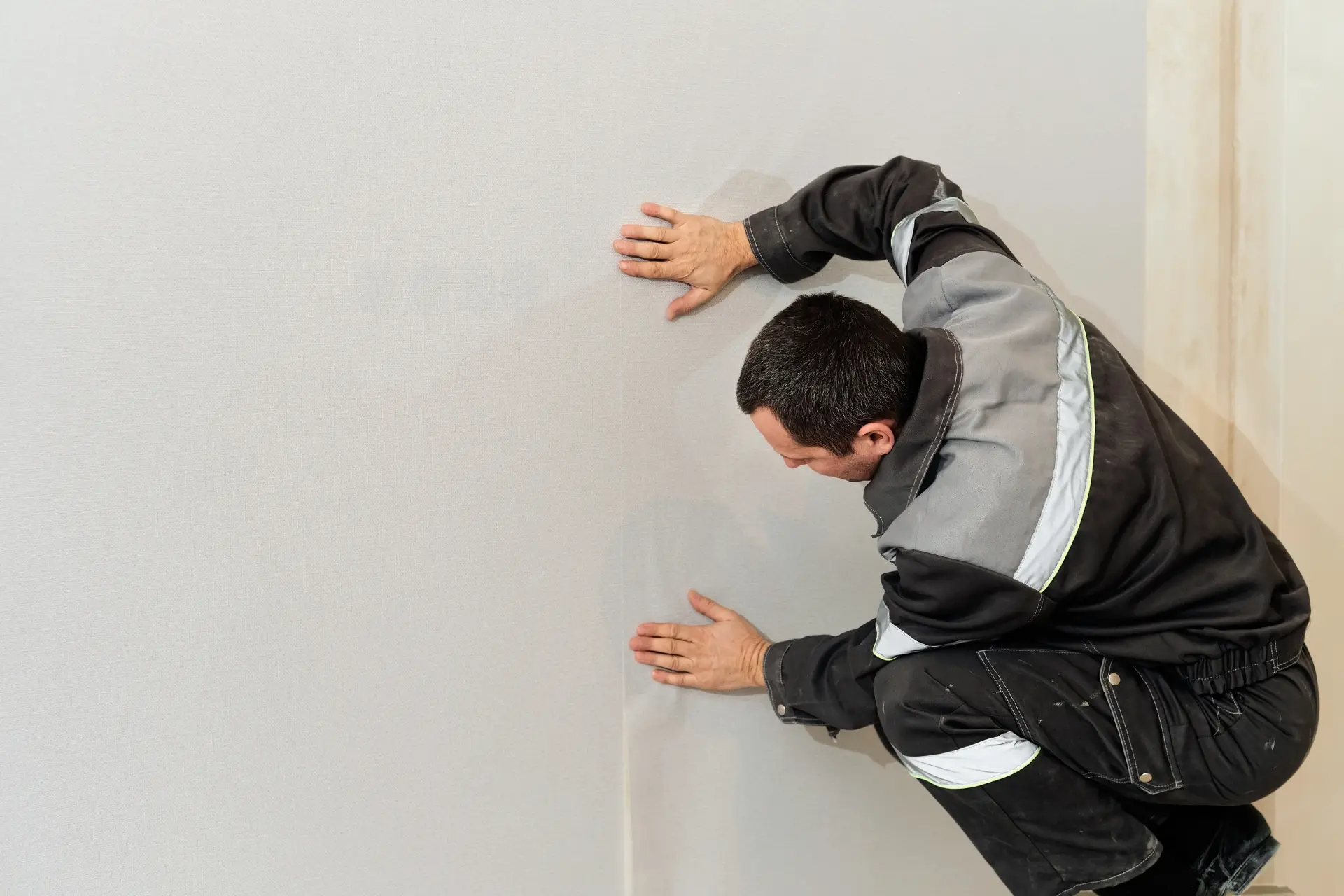
If you live in an older home, you may be spending more on heating than necessary. One of the key reasons could be that your property has solid internal walls, which are notorious for letting heat escape. Unlike cavity walls, solid walls don’t have a gap that can be easily filled with insulation. This makes them a significant source of heat loss.
Insulating internal solid walls could significantly cut your energy bills and make your home warmer and more comfortable. With energy prices continuing to rise and the UK government pushing for lower carbon emissions, improving your home’s energy efficiency is more important than ever. Insulating internal solid walls is one of the most effective steps you can take to future-proof your property, lower your carbon footprint, and reduce your environmental impact.
Homes built before the 1920s often have solid walls. These walls are constructed with a single layer of brick or stone and lack the air gap that newer cavity walls have. As a result, heat escapes more easily through them, making homes colder and more expensive to heat.
You can usually identify solid walls by their thickness. Measuring near a door or window, if the wall is less than 260mm thick, it’s likely solid. The brick pattern can also offer clues. If you see alternating short and long bricks, it might be a solid wall. Inside your home, these walls often feel colder to the touch and may allow more sound to pass through.
Millions of homes across the UK—particularly Victorian, Edwardian, and early 20th-century houses—have solid internal walls. Unfortunately, these older properties were constructed before thermal performance was a building regulation requirement. Without any built-in insulation, they often suffer from significant heat loss.
Internal wall insulation is the process of adding an insulating barrier to the interior side of your solid walls. The goal is to prevent heat from escaping, thereby improving energy efficiency and comfort.
There are two main types:
This process is typically done room by room, focusing on the exterior-facing walls. Once completed, it reduces heat loss dramatically and creates a consistent indoor temperature throughout the house.
Insulating your solid walls has a host of benefits:
While external wall insulation is an option, it can be more expensive and may require planning permission. Internal wall insulation is a practical alternative, especially for properties where altering the outside appearance is not desirable.
Although beneficial, internal wall insulation comes with a few trade-offs:
Being aware of these points helps you make an informed decision and prepare accordingly.
You don’t have to shoulder the cost of internal insulation alone. Several government-backed funding schemes can help.
Only one funding scheme typically applies per home, but depending on your household’s needs, different measures may be covered. Some contributions may still be required depending on the extent of the work and the property’s characteristics. A home energy survey can clarify what you’re eligible for.
At Green Homes Group, we act as your first point of contact in your home energy improvement journey. Although we are not installers ourselves, we work closely with a network of trusted professionals who are fully accredited and experienced in solid wall insulation.
By choosing us, you gain access to our carefully selected installer network. This removes the stress of finding and vetting tradespeople yourself. We only recommend providers who meet stringent quality standards and are approved under government schemes.
Our free home survey assesses your home’s condition, identifies opportunities for energy improvements, and checks your eligibility for funding. There is no obligation to proceed, and we provide clear, honest advice.
We also assist you in applying for grants like ECO4 and GBIS, helping you complete paperwork and understand what support you can receive. We are committed to guiding you through the process from start to finish.
One room can generally be completed in 2 to 3 days. The full project timeline depends on the number of rooms being insulated.
Yes. Once the insulation and plasterboard are installed, the walls will need to be repainted or wallpapered.
Yes, though it might be slightly disruptive. Work is done one room at a time, allowing you to continue using most of your home.
Savings vary based on home size and energy usage, but most homeowners save between £150 and £500 per year.
Visit our website or call our team to arrange a free, no-obligation home survey. We’ll assess your property and explain the options available to you, including what funding you may be eligible for.
Insulating internal solid walls is one of the smartest and most cost-effective improvements you can make to your home. It offers immediate comfort, long-term savings, and environmental benefits. With financial support available and expert guidance from Green Homes Group, it’s never been easier to take action toward a warmer, more efficient home.